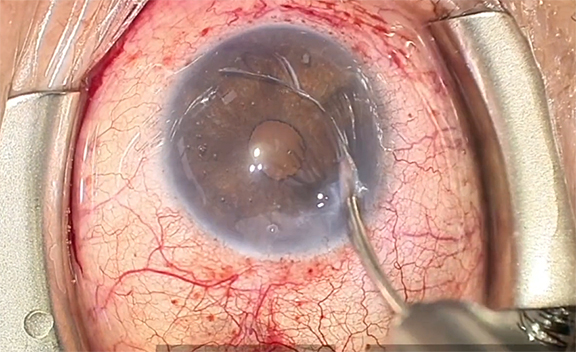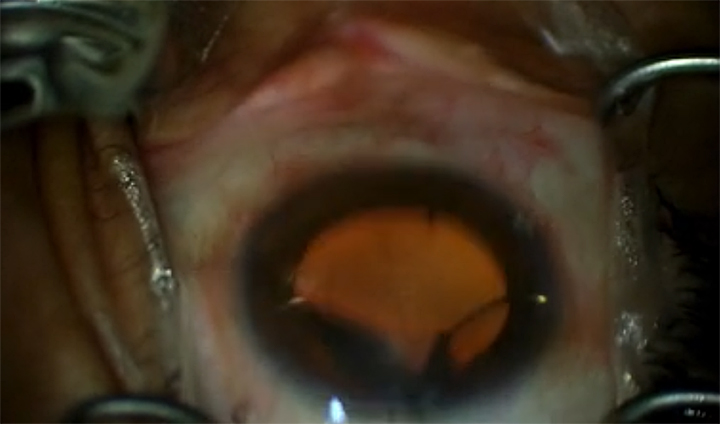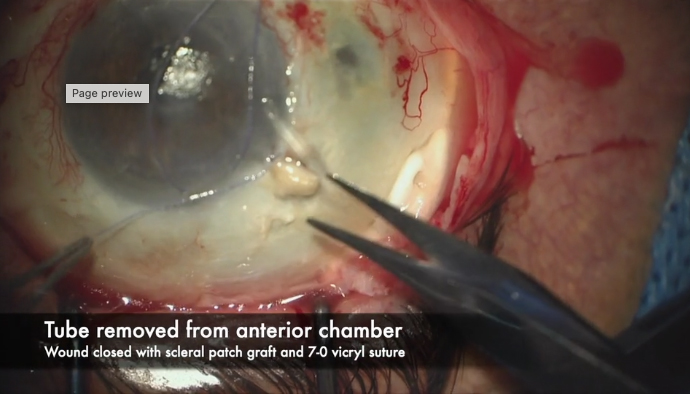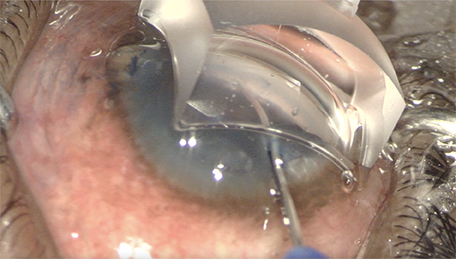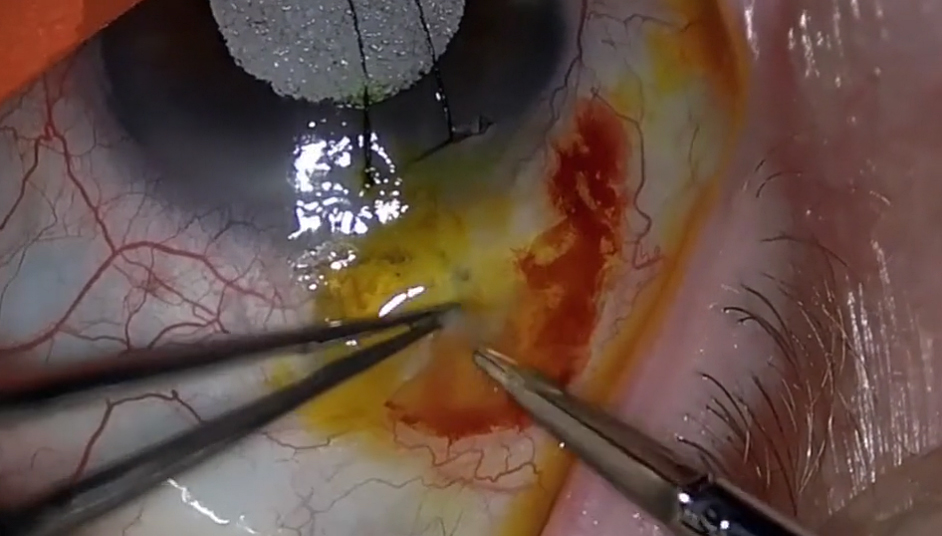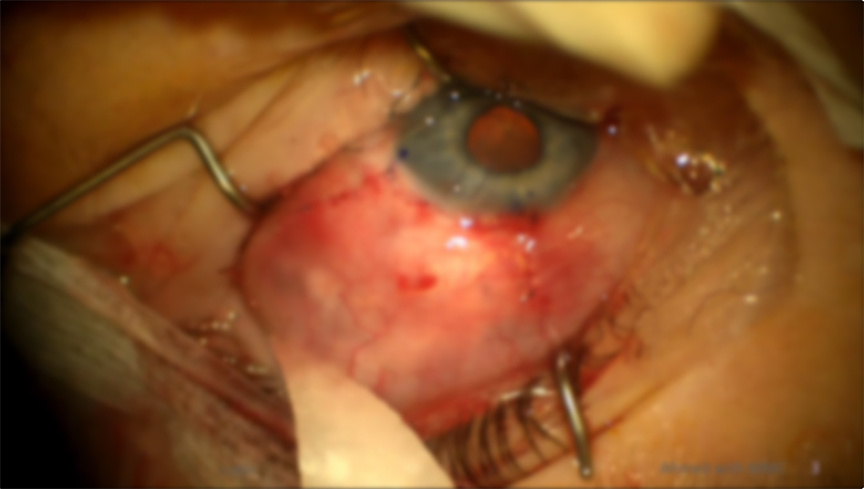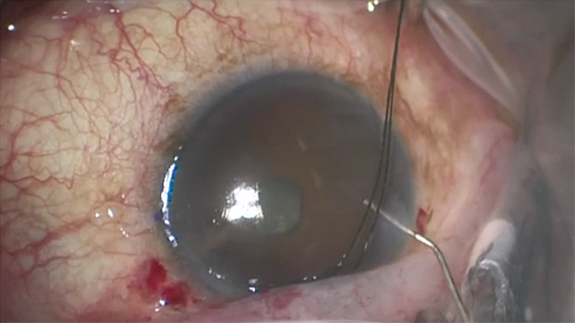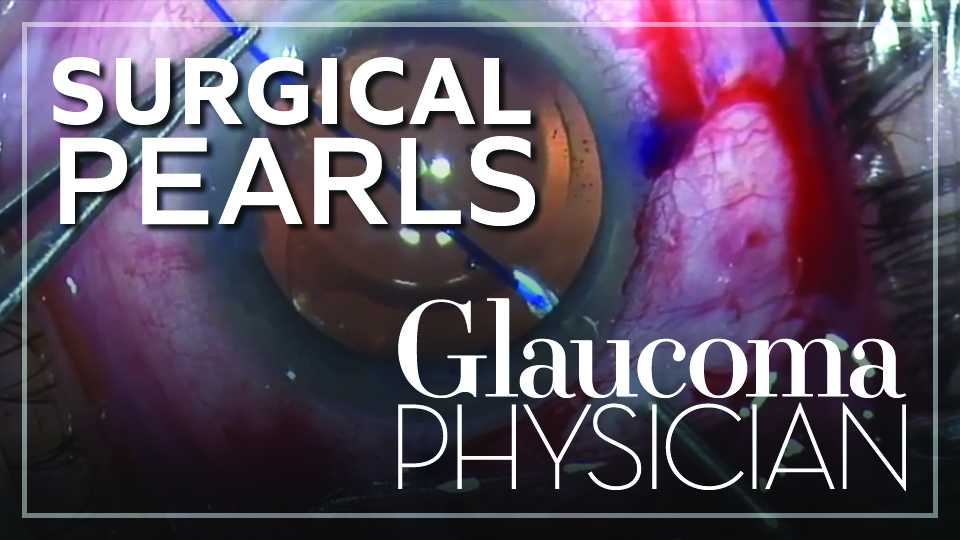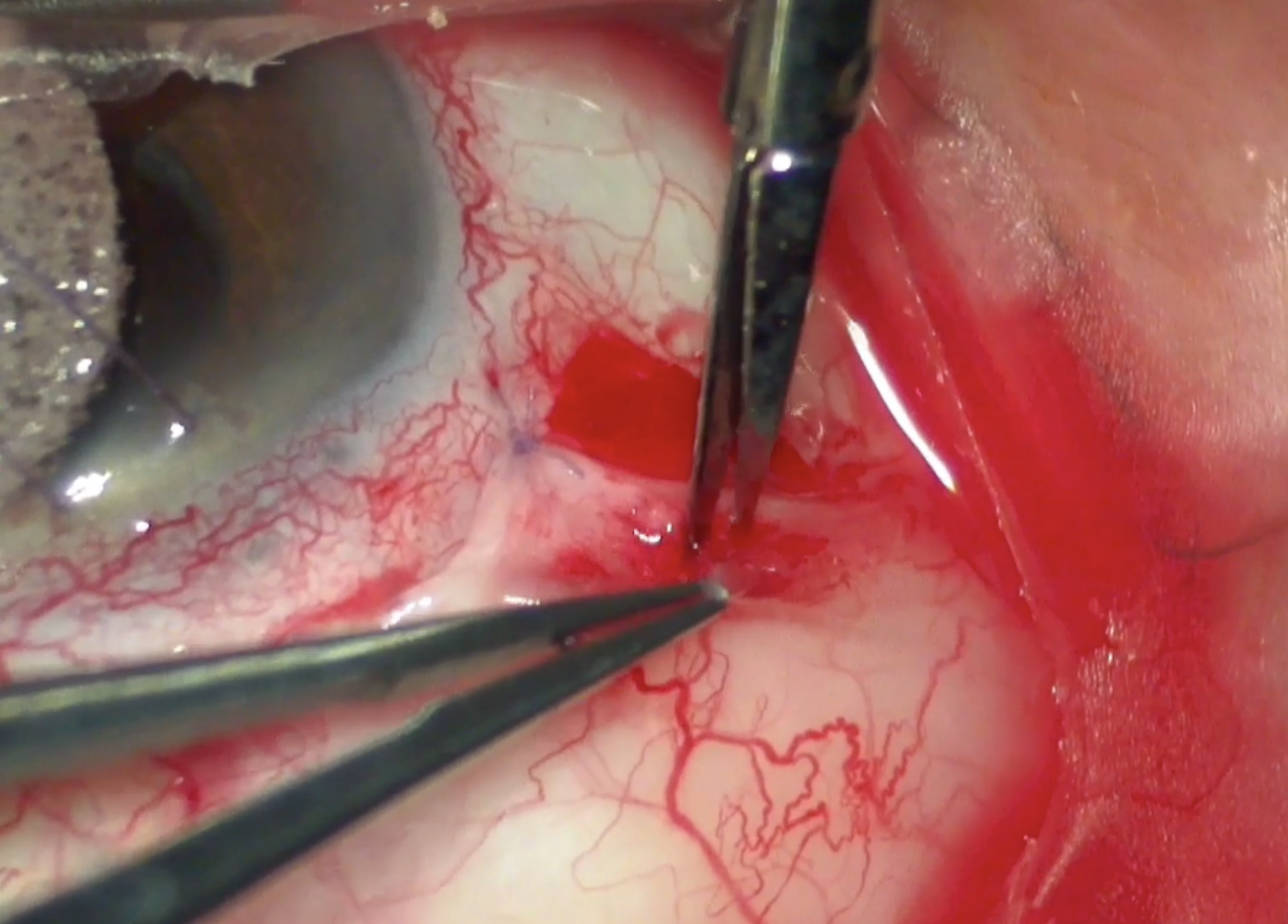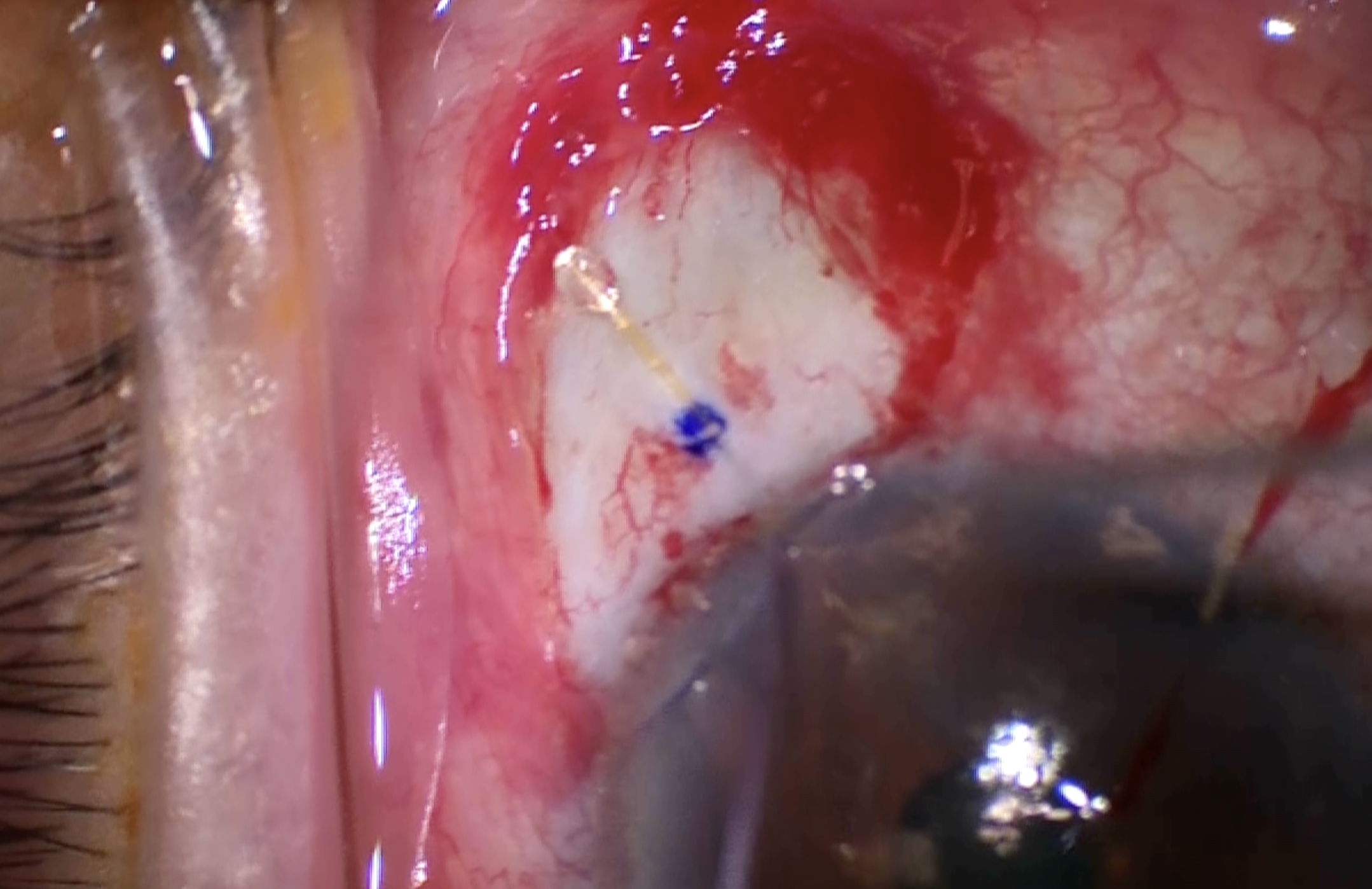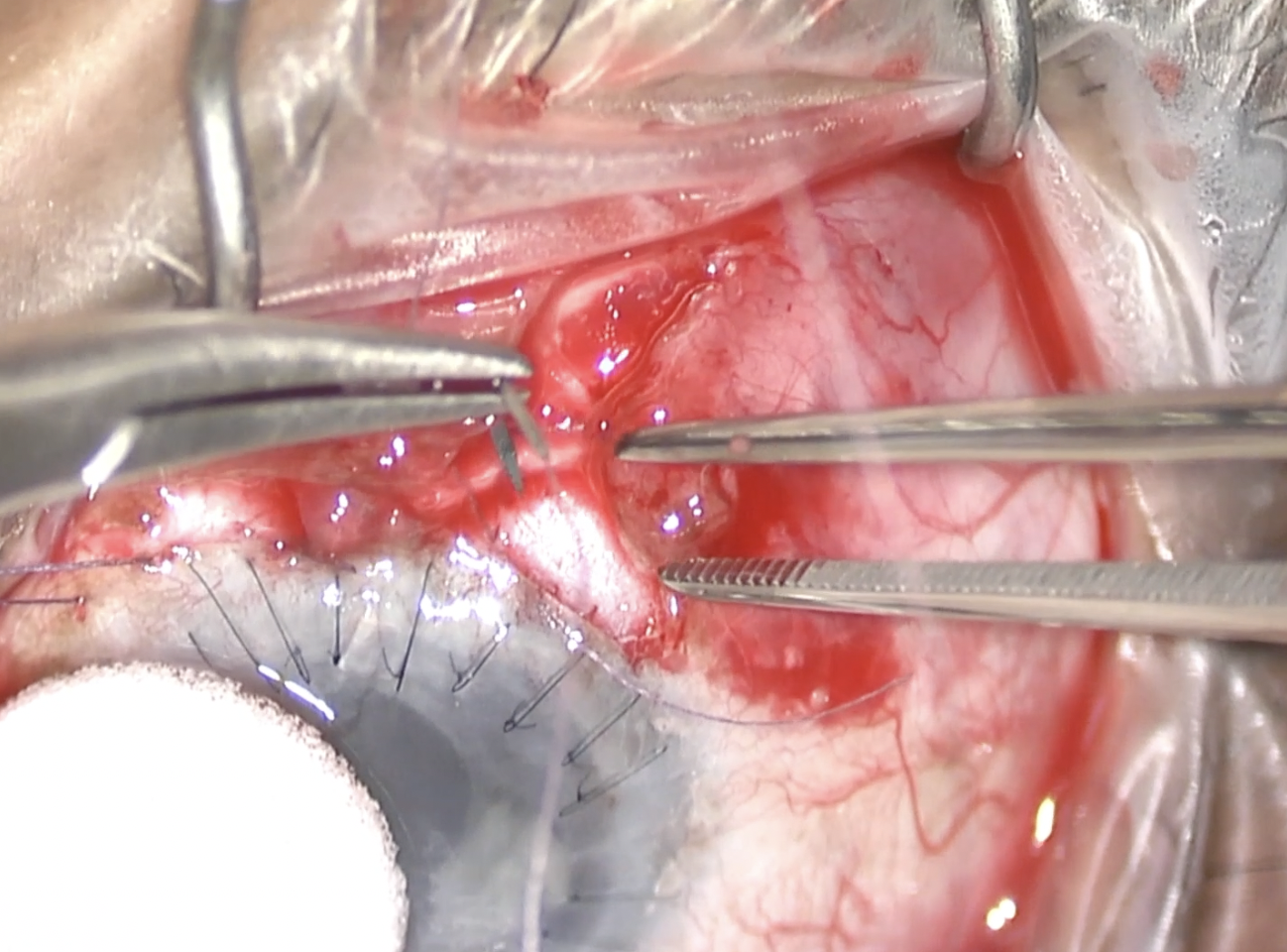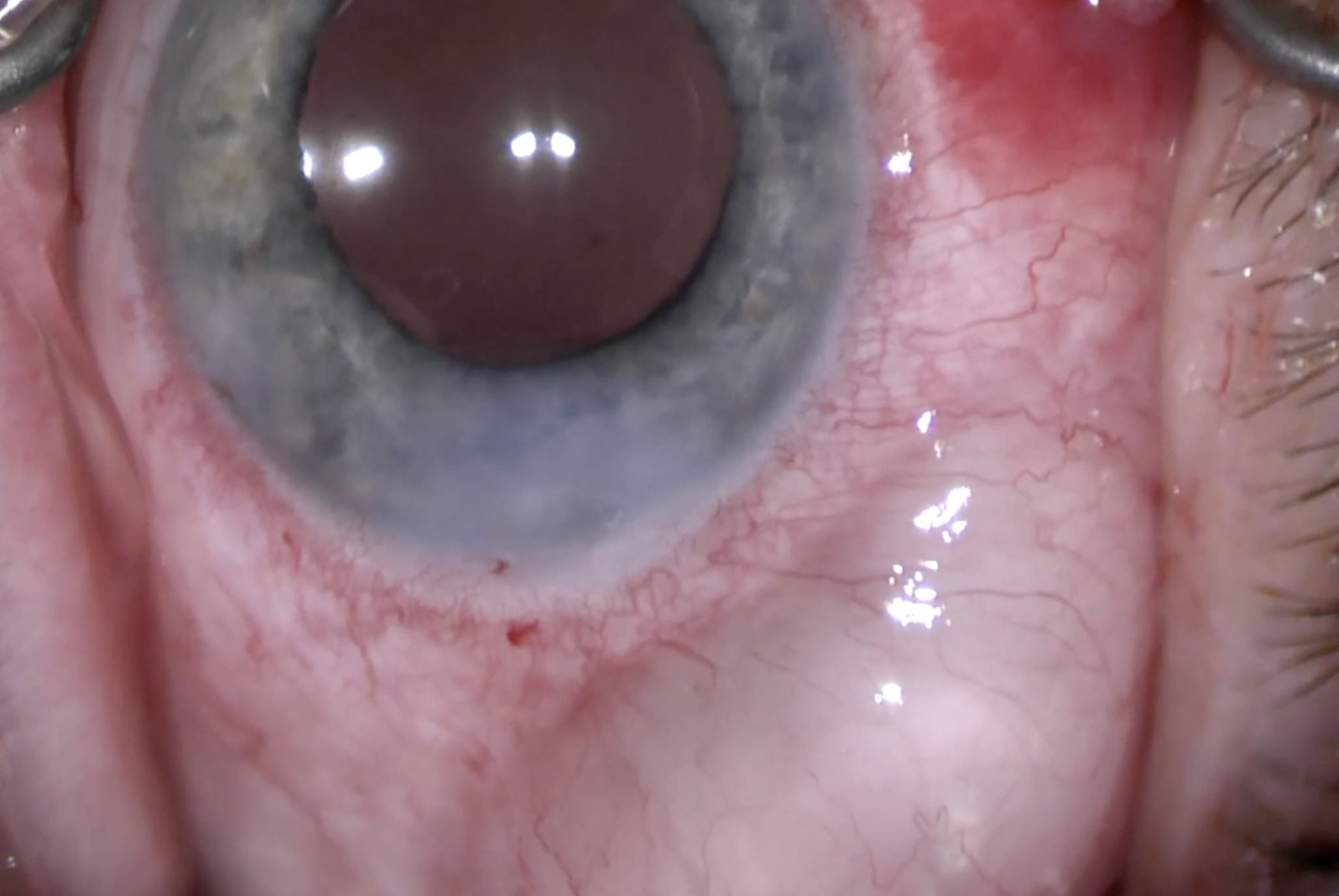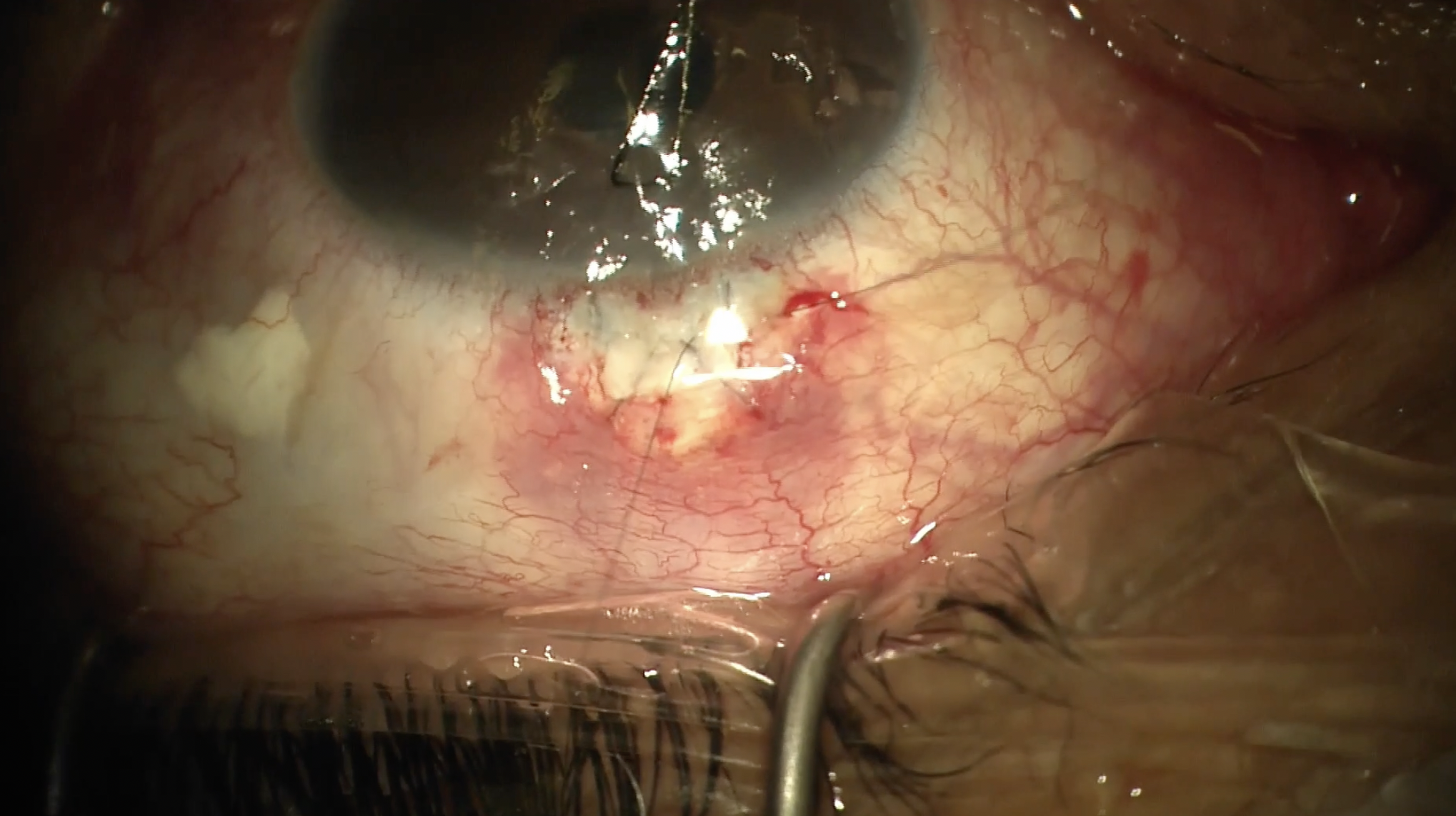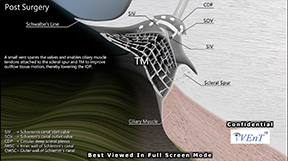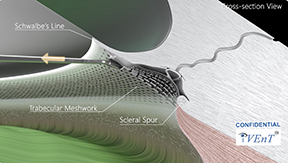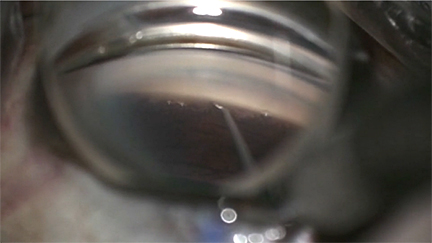For Glaucoma Physician's Surgical Pearls video series, April Enger, MD, Michael Chang, MD, and Kevin Halenda, MD, demonstrate how a case of acute intraoperative rock-hard eye syndrome during cataract surgery can be managed with pars plana needle aspiration. Transcript of the narration follows below:
This is Dr. Kevin Halenda, a glaucoma specialist from West Virginia University.
This surgical video demonstrates a case of acute intraoperative rock-hard eye syndrome, also known as acute intraoperative aqueous misdirection or acute intraoperative fluid misdirection syndrome, managed with pars plana needle aspiration. The patient is a female with past medical history of mild hyperopia and type 2 diabetes mellitus without retinopathy. Phacoemulsification using a divide-and-conquer technique is used.
The case proceeds in a routine fashion until cortical removal, when the patient suddenly and unexpectedly coughs. After complete cortical removal, the anterior chamber is immediately noted to be shallow with significant posterior pressure. The anterior chamber is not able to be filled with viscoelastic, which is seen to extrude through the main corneal incision with attempted injection, and the eye is firm to palpation. Although the red reflex is maintained, a dilated fundus examination is performed to exclude a suprachoroidal hemorrhage, which is negative. A diagnosis of acute intraoperative rock-hard eye syndrome is made.
Using a pars plana approach, a 23-gauge needle on a 3CC syringe is used to manually aspirate the trapped fluid from the retrolental space, immediately relieving the posterior pressure and deepening the anterior chamber. After this procedure, the eye is noted to be immediately softer to palpation. The anterior chamber is now able to be filled with viscoelastic, facilitating implantation of the intraocular lens and completion of the cataract surgery. Postoperatively, the patient did very well without any noted vitreous hemorrhage or retinal pathology on dilated fundus examination, achieving 20/20 uncorrected visual acuity at 1 week.
When encountering acute intraoperative rock-hard eye syndrome, pars plana needle aspiration is a safe technique to effectively remove trapped fluid, lower intraocular pressure, and restore normal anatomy. It is important to exclude other acute causes of anterior chamber shallowing with raised intraocular pressure, most notably choroidal hemorrhage, prior to safely performing this procedure. Thanks for watching.












